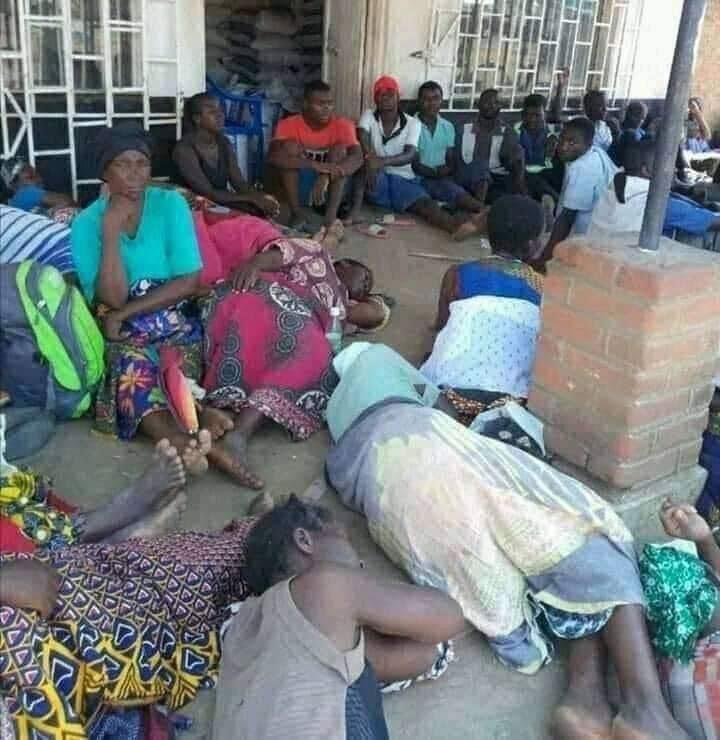
By nyasatimes
Africa-Press – Malawi. As confirmed by a recent EY Global report, Malawi remains among 16 countries worldwide battling hyperinflation, with price increases spiraling far beyond normal levels. While the economic jargon may seem distant, for everyday Malawians and local companies, this news hits home in very real and painful ways.
What Does This Mean for the Average Malawian?
To put it simply, life is getting more expensive—fast. Hyperinflation means that the kwacha’s value continues to plummet, eroding the purchasing power of ordinary people. What K10,000 could buy last year may only be worth a fraction of that today.
For Blantyre-based Flossy Katsonga, a mother of five who makes and sells rosaries, this has meant shrinking profits and mounting pressure. “Inputs for making rosaries continue to rise, giving me little margins of K300 per rosary sold,” she said. Like many others in the informal sector, Flossy is caught between rising costs and customers who can no longer afford even basic items.
The average cost of living for a family of six is still a hefty K841,219 per month, even with a slight decline reported in March. Meanwhile, wages have largely stagnated, and savings are being wiped out by the value of money falling faster than interest can keep up.
For Local Businesses, Uncertainty and Risk
For local companies, hyperinflation creates a volatile business environment. It becomes difficult to predict costs, set prices, or plan for the future. Raw material prices fluctuate daily, and imported goods cost more as the kwacha weakens against stable foreign currencies like the US dollar or South African rand.
Companies are also dealing with reduced consumer demand, as households cut back on spending. For businesses in the food retail, manufacturing, and services sectors, this means shrinking profit margins and the risk of laying off staff.
According to economic governance experts, hyperinflation discourages investment, both local and foreign, as it becomes nearly impossible to project returns or manage operational budgets effectively.
What Are the Bigger Implications?
Economic analysts warn that if hyperinflation persists, confidence in the kwacha could collapse entirely, forcing more people and businesses to shift to using foreign currencies unofficially—a process known as dollarization. While this may stabilize transactions in the short term, it undermines the national economy and weakens the role of institutions like the Reserve Bank of Malawi.
The Institute of Chartered Accountants in Malawi (ICAM) has already observed this trend, noting that in hyperinflationary environments, people tend to measure value in dollars or rands, not local currency.
Is There Any Hope?
Yes, but cautiously. Both the Reserve Bank of Malawi and the Ministry of Finance believe inflation could ease in 2025 due to better agricultural yields. However, even if inflation drops from over 30% to lower levels, the damage to household budgets and business planning will take longer to recover.
In the meantime, consumers are advised to manage spending wisely, diversify income streams where possible, and avoid holding large sums of money in cash. Businesses are encouraged to hedge risks, review pricing models frequently, and consider alternative sourcing strategies to reduce dependency on expensive imports.
Final Word
Hyperinflation may sound like an abstract economic term, but for millions of Malawians, it translates into daily struggles to afford food, pay school fees, and run businesses. Until inflation is brought under control and the kwacha stabilizes, both households and companies will continue to navigate a tough economic landscape—one where survival requires resilience, creativity, and strategic adaptation.
Source: Malawi Nyasa Times – News from Malawi about Malawi
For More News And Analysis About Malawi Follow Africa-Press





